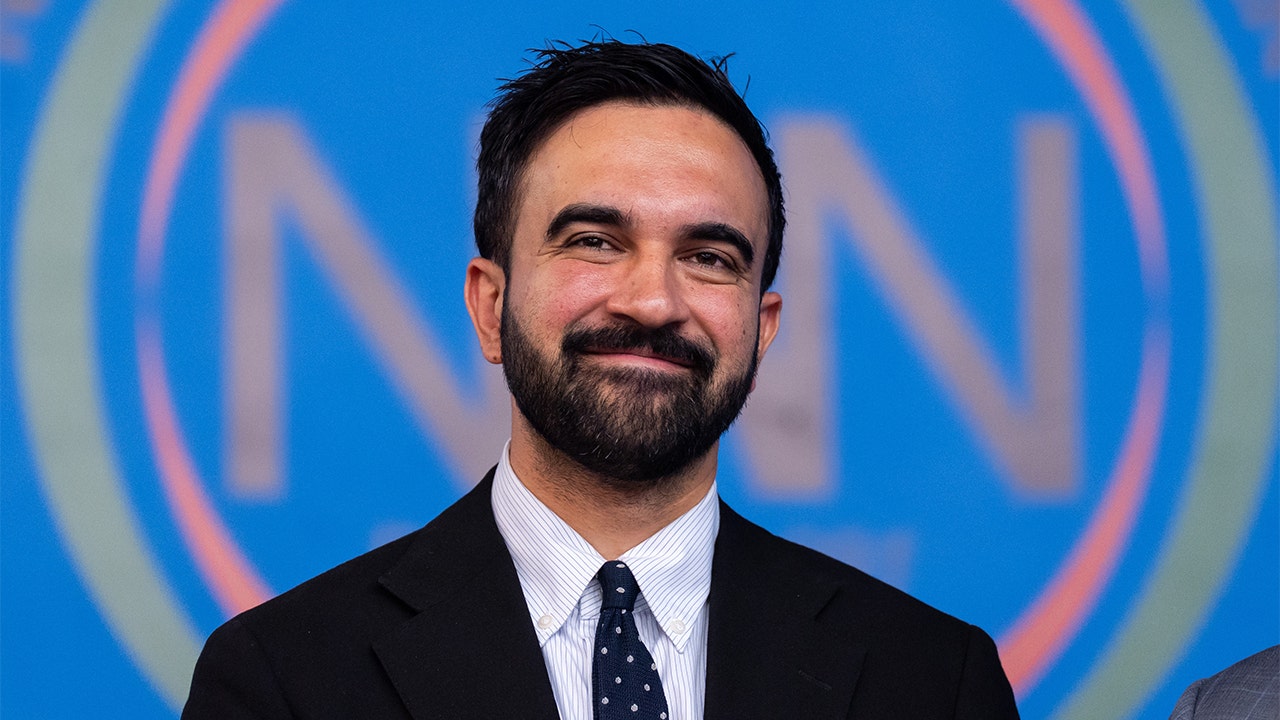NYC's Congestion Pricing: A $9 Toll for Lower Manhattan
New York City has implemented congestion pricing, charging most drivers $9 to enter lower Manhattan. This first-of-its-kind plan in the US aims to alleviate traffic and raise $500-$800 million annually for the city's struggling public transportation system.
<img src="https://assets1.cbsnewsstatic.com/hub/i/r/2025/01/12/4b8c99cd-95ba-45b0-9814-0d824fbe280d/thumbnail/620x349/ce3934a954b59967f241ca1cb0e45da5/congestion-pricing-map.jpg?v=c32e88638f4c371ec40100fff0bc2158" alt="Congestion Pricing Map">How it Works
1400 cameras monitor roughly 150,000 daily commuters entering the designated zone. Trucks face higher tolls.
The Debate
Supporters argue this will significantly reduce traffic, improve the MTA, and fund crucial upgrades to the public transportation system. They point to successful implementations in cities like London and Singapore.
Critics, including cab driver and playwright John McDonagh, argue that it's simply another tax burdening working people and won't effectively reduce congestion due to existing infrastructure limitations. They also highlight the MTA's ongoing issues with fare evasion – an estimated $800 million annual loss – as a counterpoint to the potential revenue from congestion pricing. Even former President Trump has voiced his opposition.
Early Results & The Future
While it's early, supporters like Kathryn Wylde, president of the Partnership for New York City, report significant traffic reductions in just a few days. However, the debate is far from over.
Key Lessons from Other Cities
The success of congestion pricing hinges on offering viable public transportation alternatives. London, for instance, added 200 new bus routes before implementing its program, ensuring public acceptance. New York's approach may determine whether this bold experiment ultimately succeeds or fails.








Comments
Join Our Community
Sign up to share your thoughts, engage with others, and become part of our growing community.
No comments yet
Be the first to share your thoughts and start the conversation!